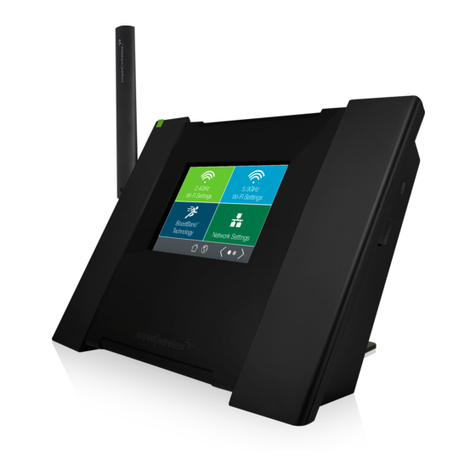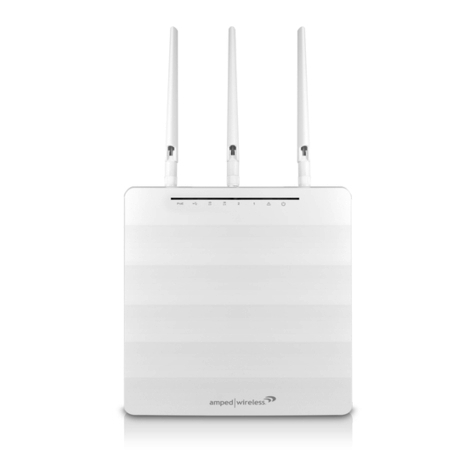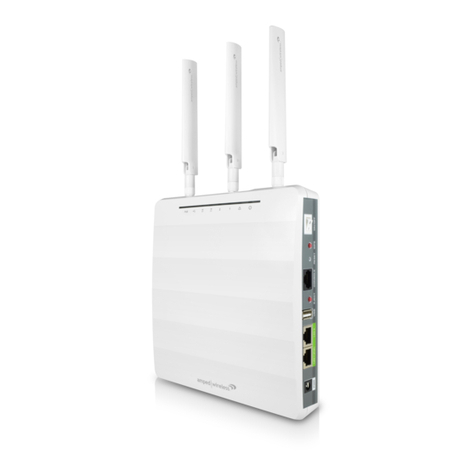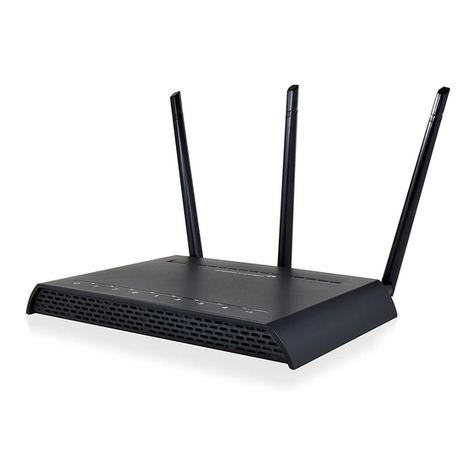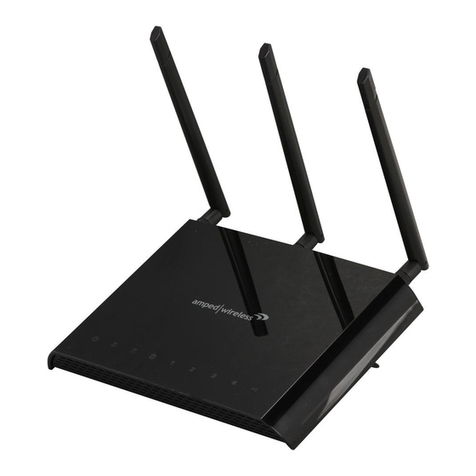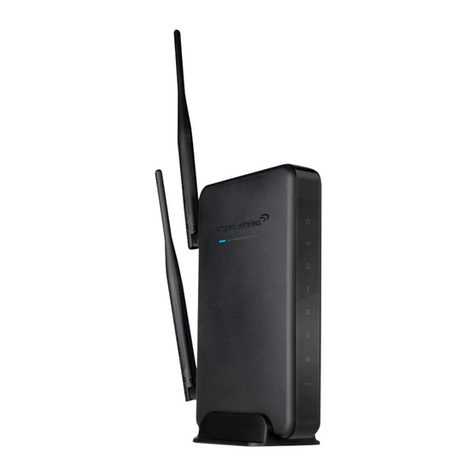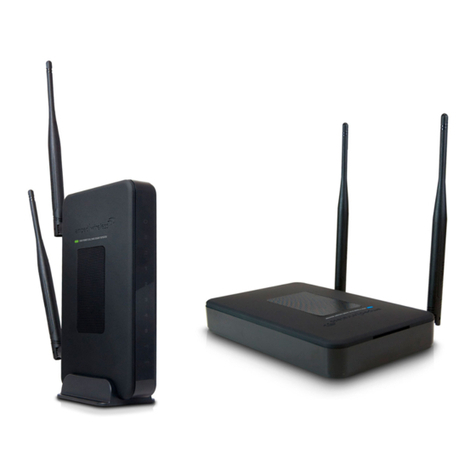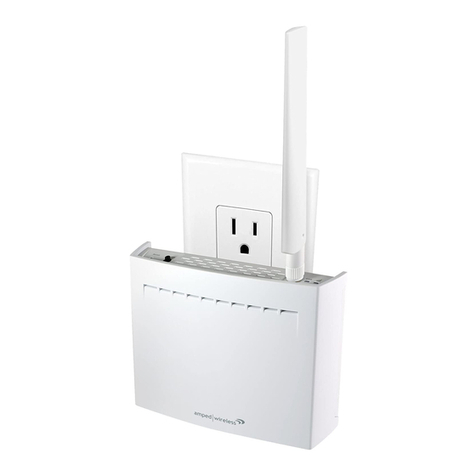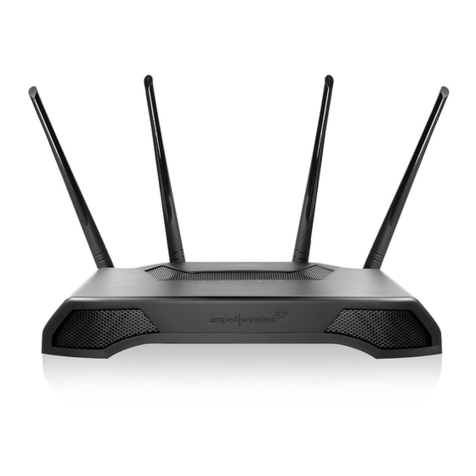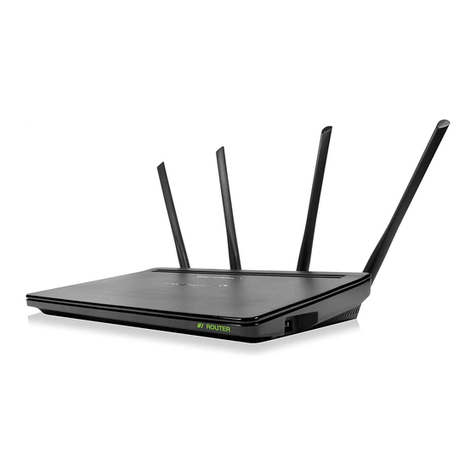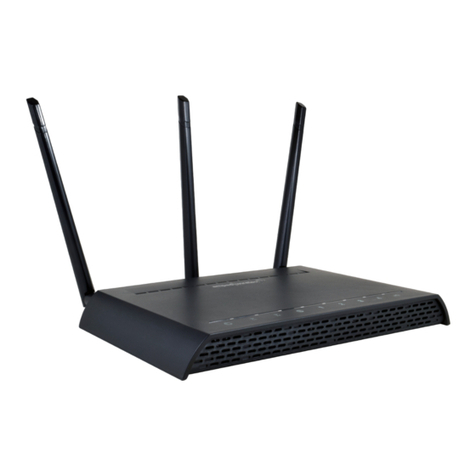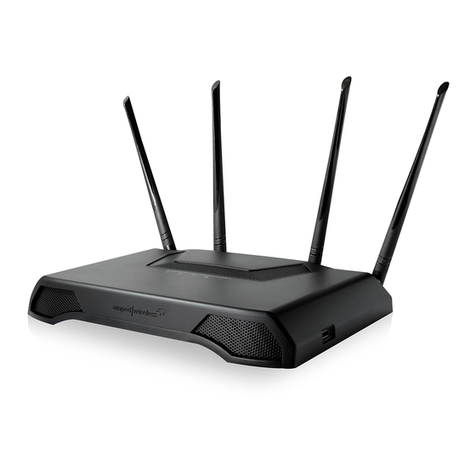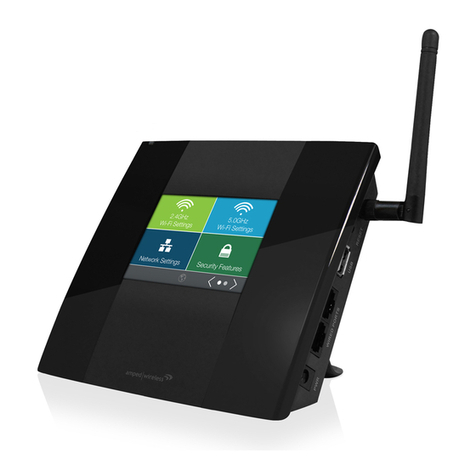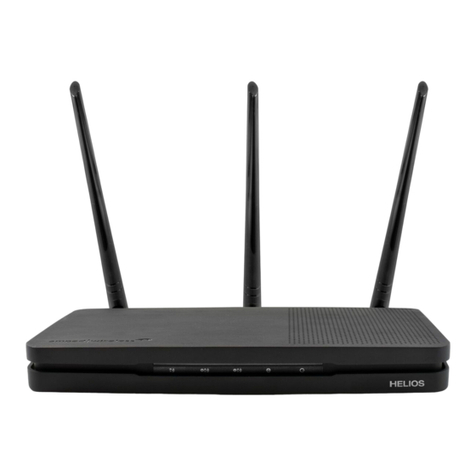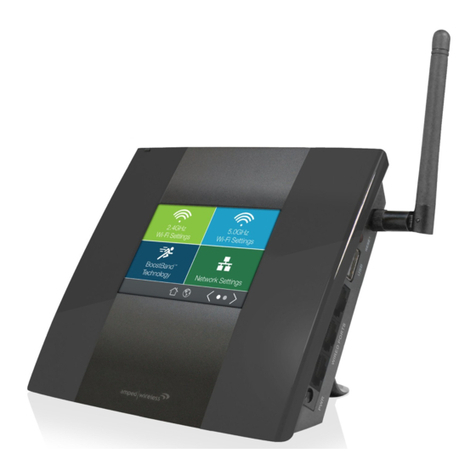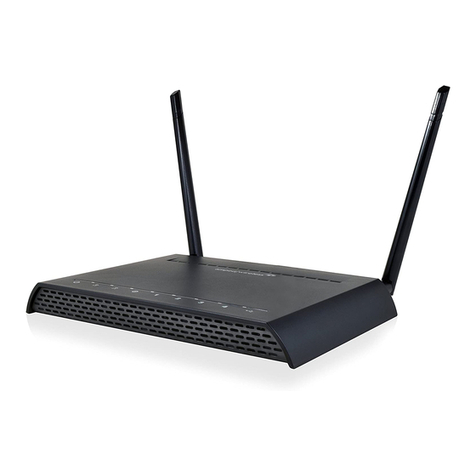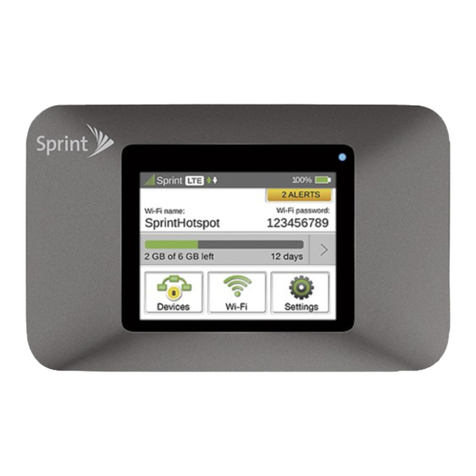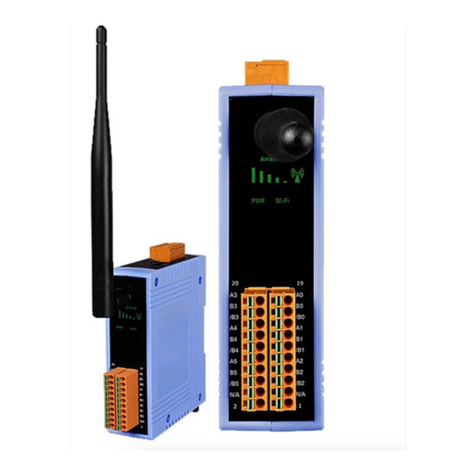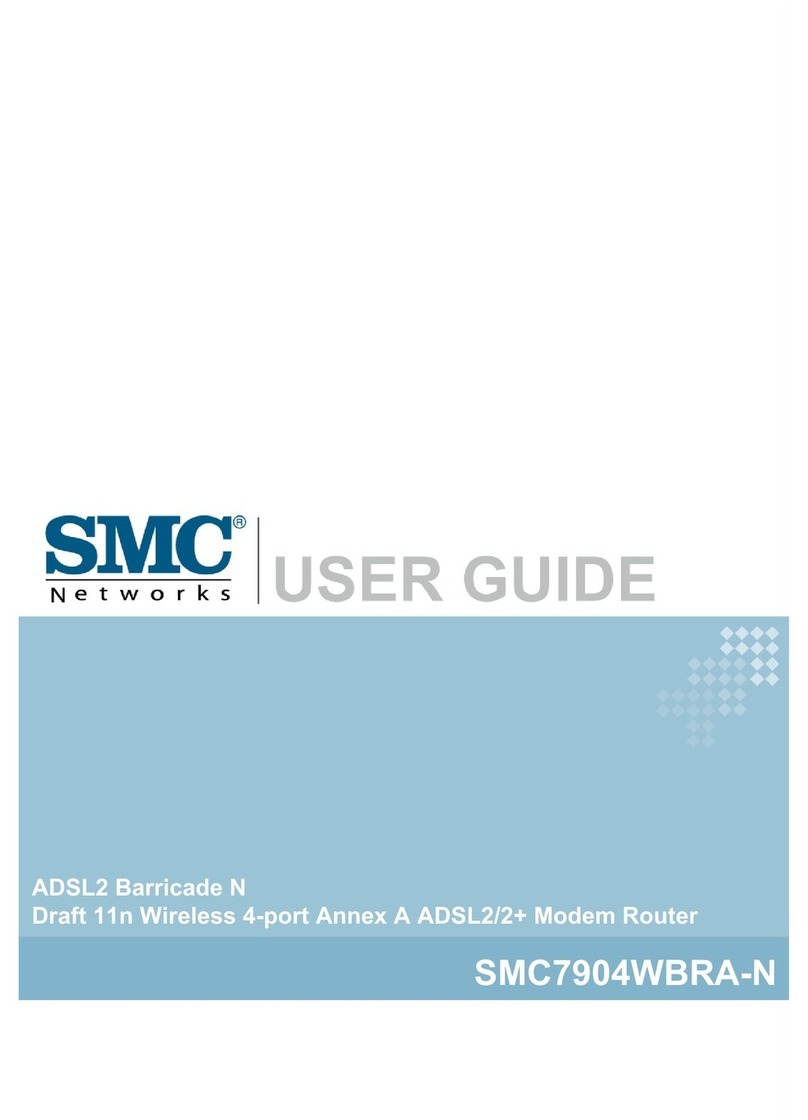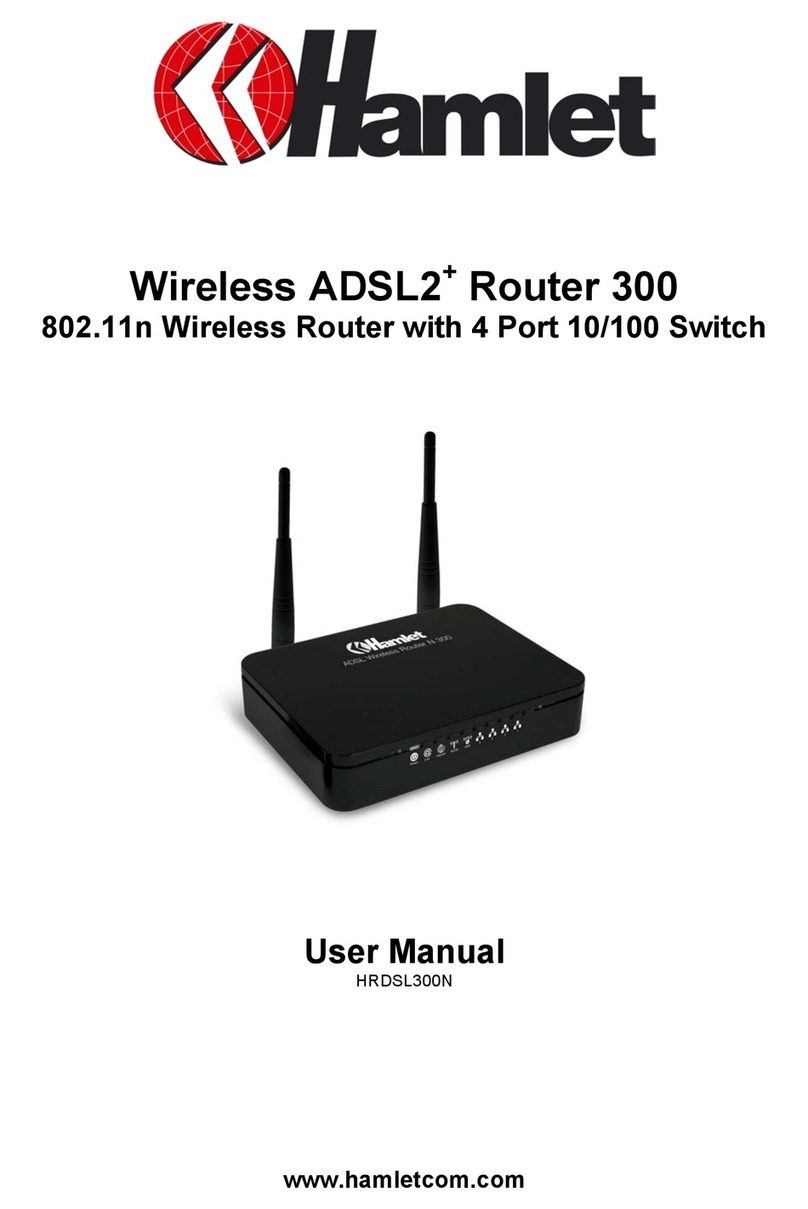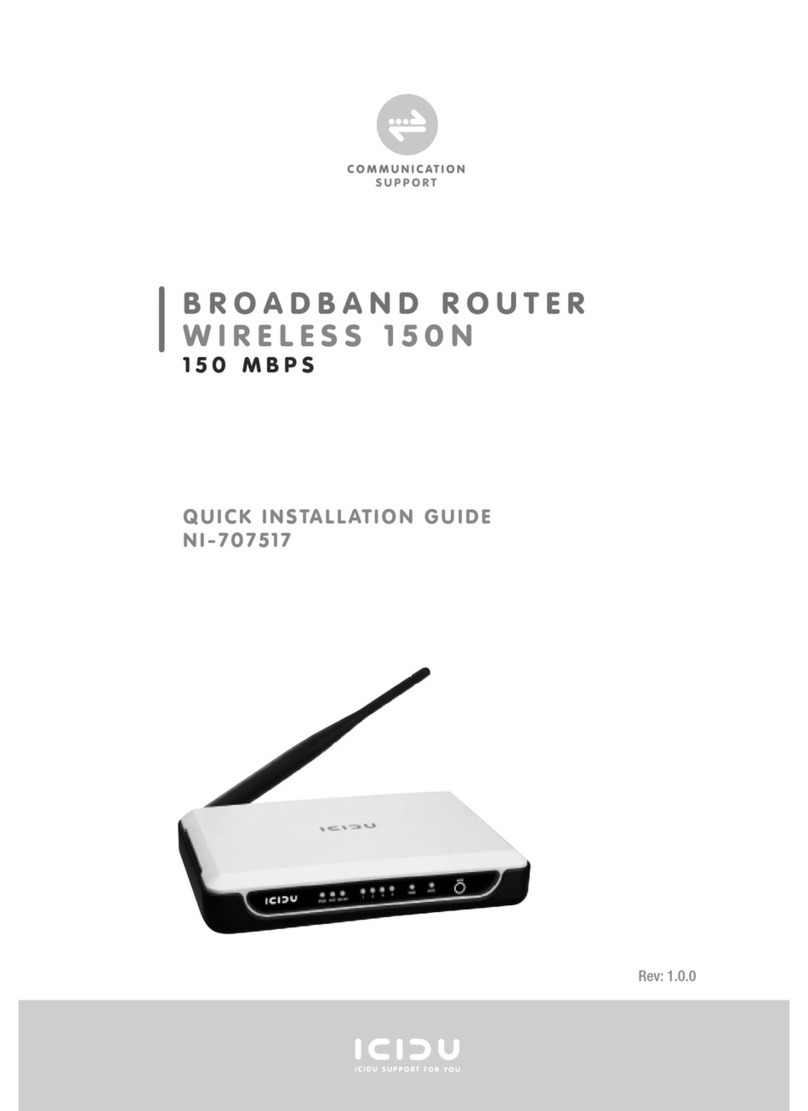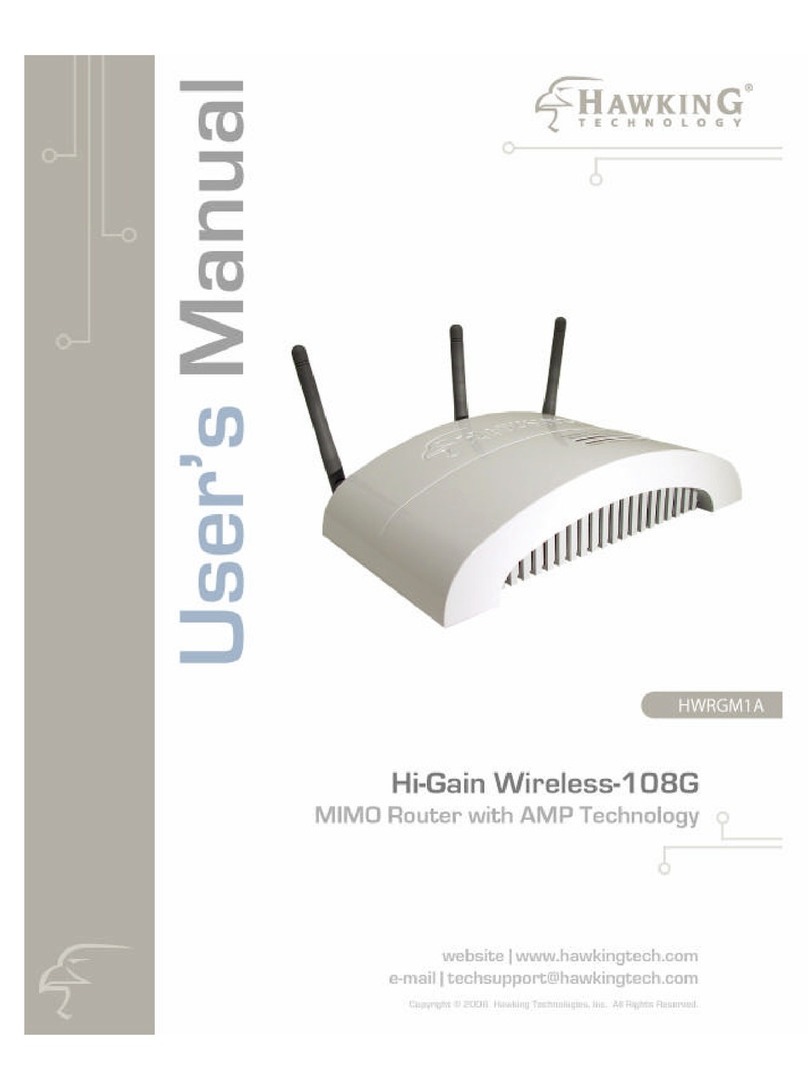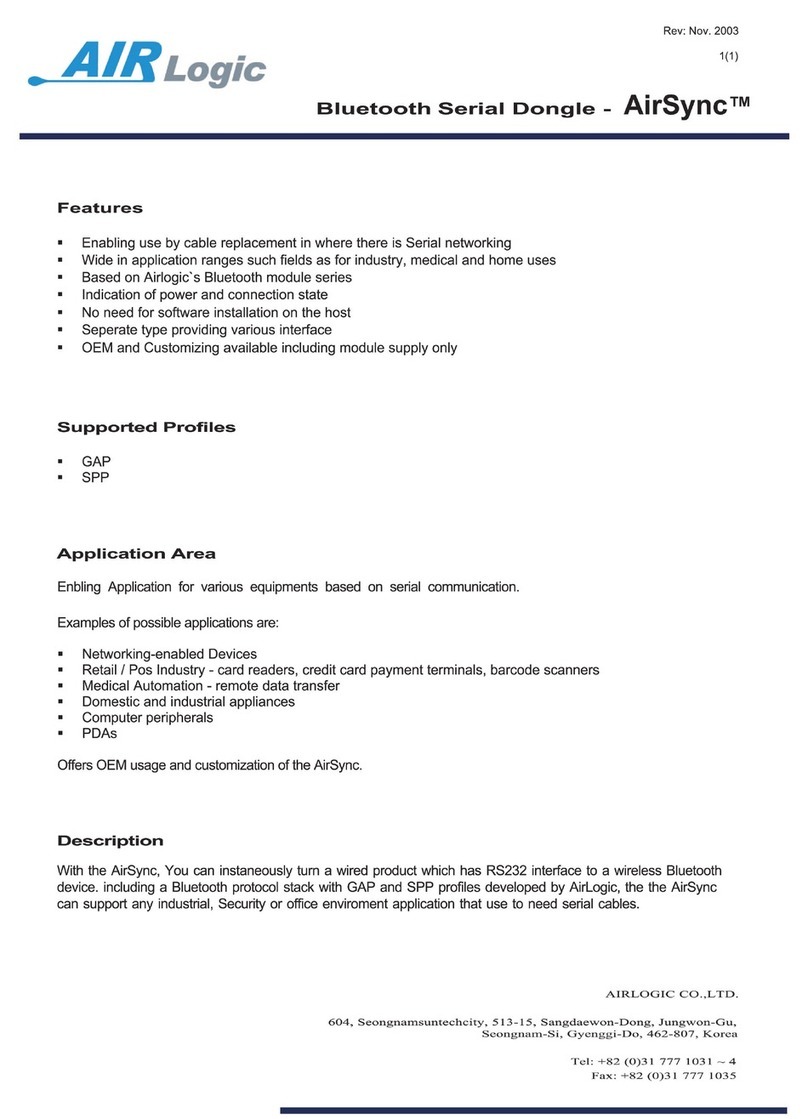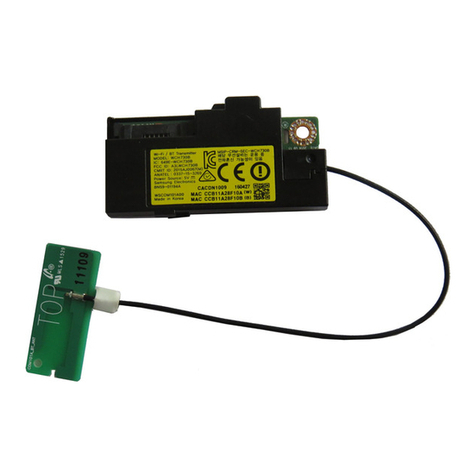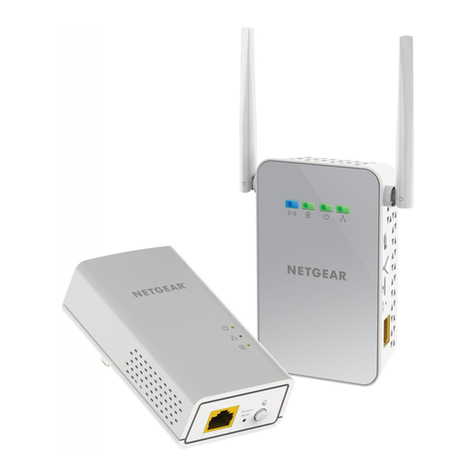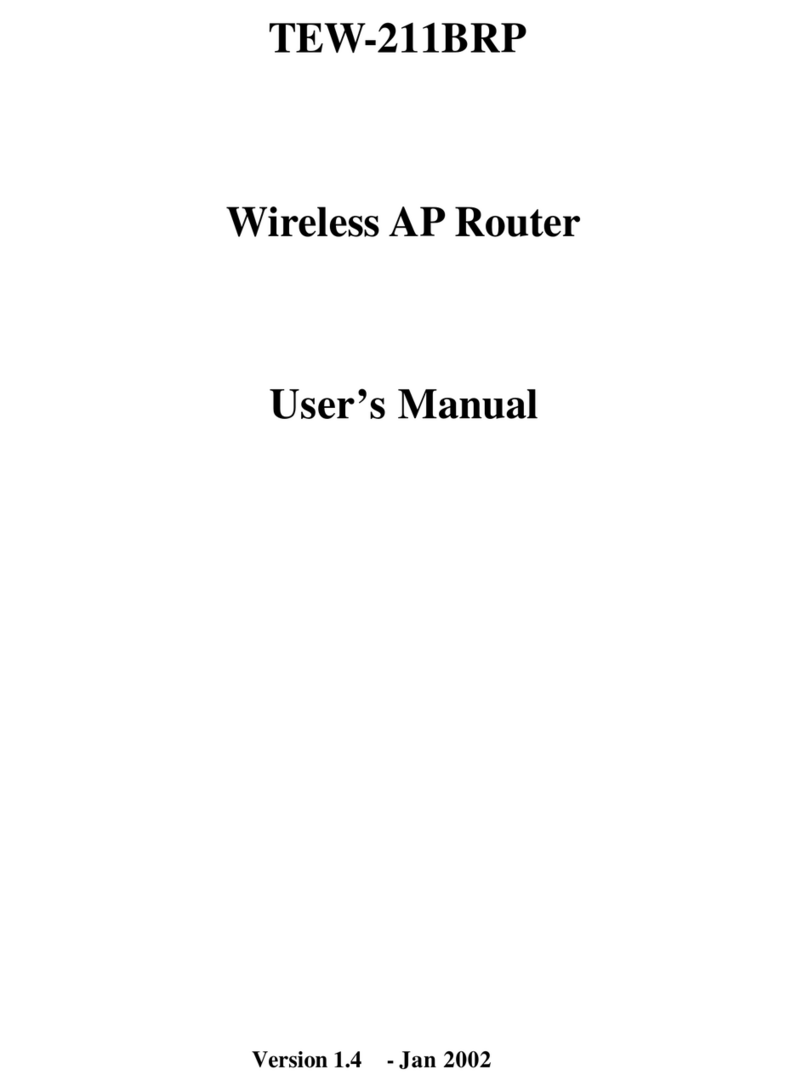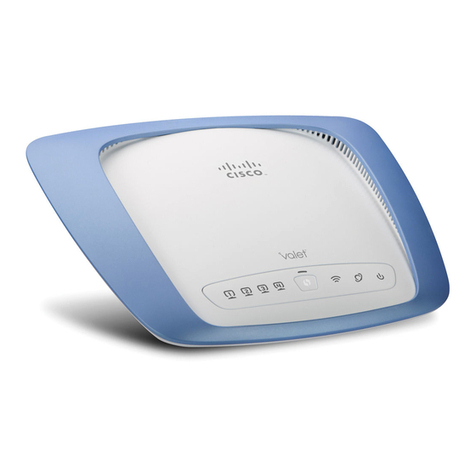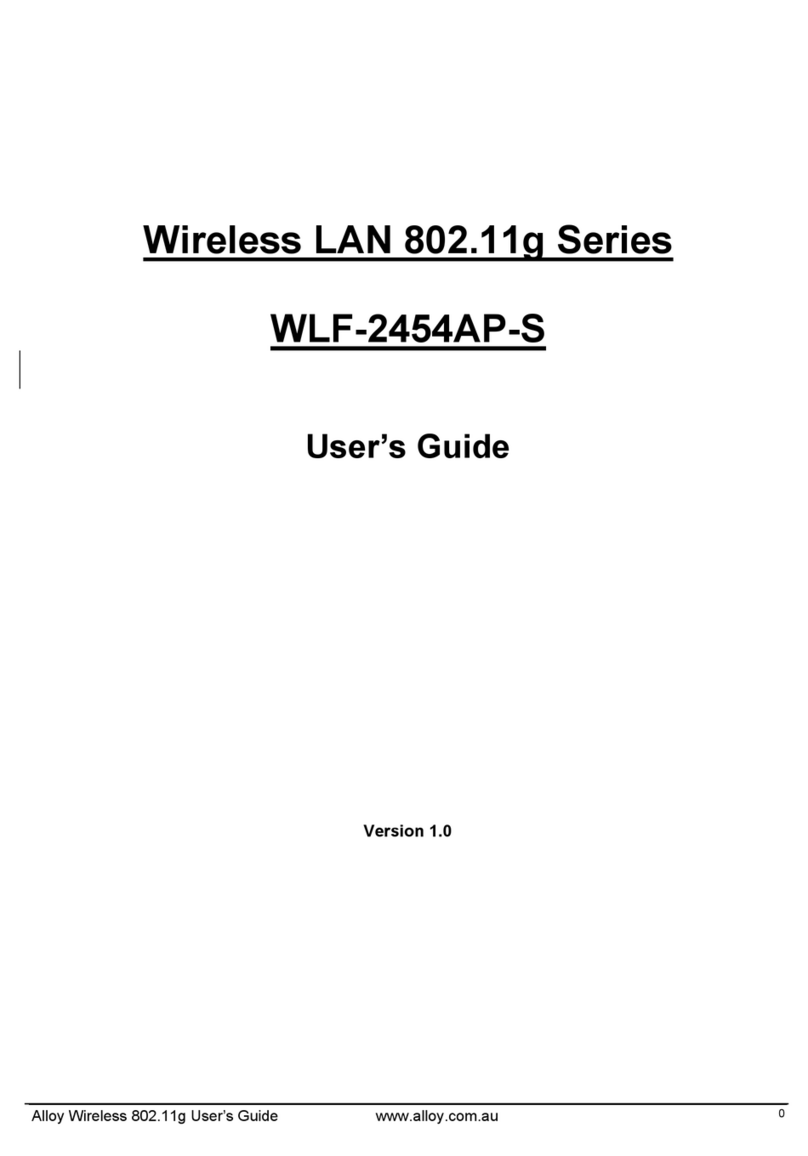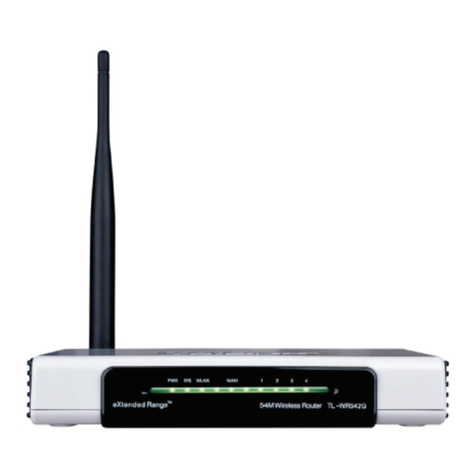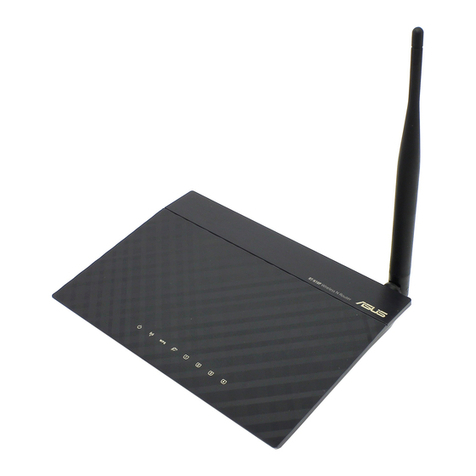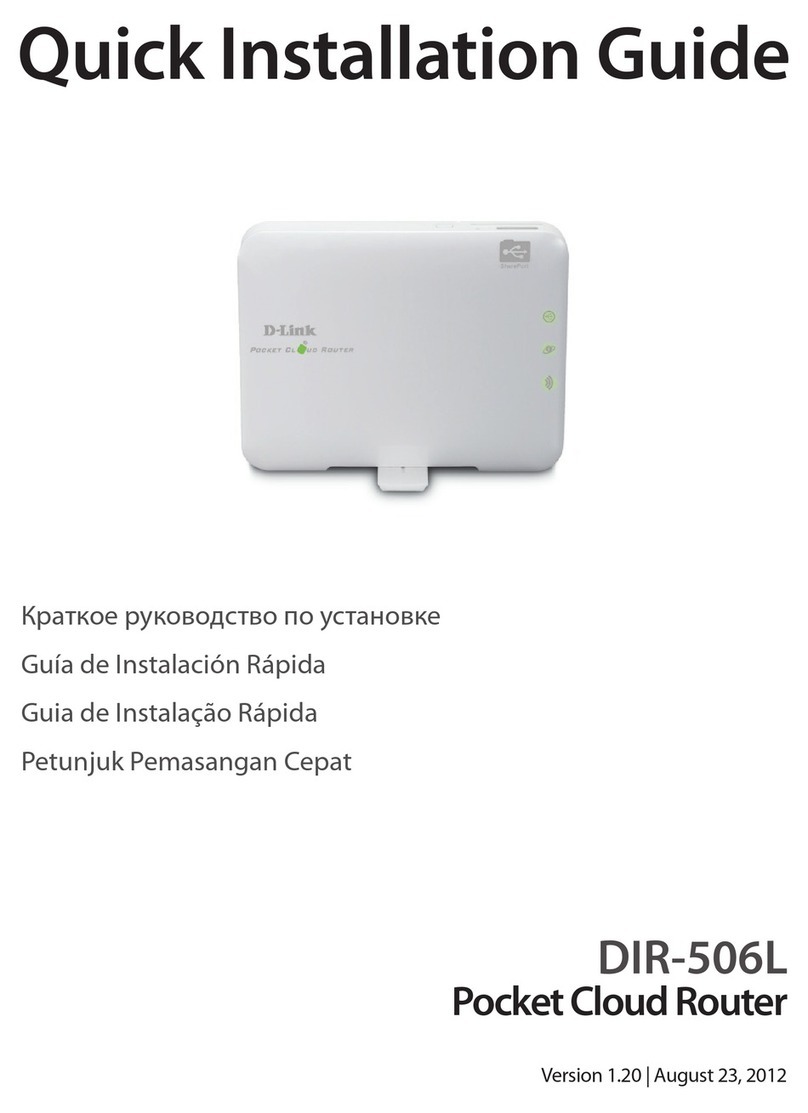
Attach your computer directly to the modem and power on your computer.
Open your web browser and check to see if you can go online. If you cannot go online, there
may be a problem with your Internet provider. Please contact your Internet provider to
troubleshoot your connection issues.
My Internet connection is unstable and drops intermittently.
1. Power offyour computer, the High Power Router and your modem.
Power on your modem and wait 2 minutes.
Power on the High Power Router and wait 1 minute for the router to initialize.
Power on your computer and try again.
2. Check to see if other computers are also having this problem. If they are not, check to see if
your anti-virus software or firewall software is conflicting with your Internet connection. You
may also try temporarily disabling all firewalls or anti-virus software to see if that is what is
causing the problem.
3. If you have a PPPoE or another Internet connection requiring login credentials, you may need to
adjust the reconnection or time out settings. Go to the IP Settings > Internet Connection (WAN)
page and configure your Internet connection to automatically reconnect.
4. If you are using Windows XP, check that your computer is using Service Pack 2 or greater.
Windows XP users with Service Pack 1 may experience intermittent wireless connections.
My Internet connection is abnormally slow.
1. Check with your Internet provider to ensure that they are not experiencing system wide issues.
2. Check with speedtest.net to see the speed of your Internet provider. Connect directly to your
modem with your computer and check speedtest.net again. If the speed results are the same,
the issue is with your Internet provider. Please contact your provider to troubleshoot the issue.
3. Check the Internet connection speed on another computer that is connected to the High Power
Router. If the other computer does not have Internet speed problems, the networking
equipment or operating system on your original computer may be outdated or may be
experiencing problems. Viruses and other software may slow down a computer’s overall speed
significantly.
4. If you are using a wireless connection to the High Power Router, check that your wireless signal
strength is above 3 bars. If not, you may need to move closer to the High Power Router.
My computer is getting an IP address of 169.254.x.x and Windows says "Limited or no Connectivity."
1. Make sure the High Power Router is powered on.
2. Check that your computer’s network adapter is enabled and is set to “Obtain IP Address
Automatically.”
3. Release and Renew your IP Address on your computer. To do this on a Windows computer:
- Click Start>Run and type CMD
- When the command prompt appears, type ipconfig/release and press enter
- Type ipconfig/renew and press enter
- Check that your computer’s network adapter has an IP address of 192.168.3.x
4. Restart your computer and check again.
5. Restart the High Power Router and check again.
6. Make sure DHCP is enabled in the High Power Router’s Web Menu (Go to More Settings > IP
Settings > Local Area Network (LAN) > DHCP Settings.
7. Check that your Firewall or Anti-Virus software is not preventing you from accessing shared
devices on you network.
I am only getting 3 or 4 wireless signal bars on my wireless computer and I am within 10 feet of the
wireless router.
1. Step back at least 10 feet from the High Power Router and check your signal again. The High
Power Router emits high power, long range Wi-Fi signals that may confuse your wireless
adapter signal reading at close range. The speed and signal are at 100%, however your readout
may not be displaying the data correctly.
